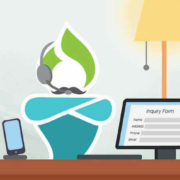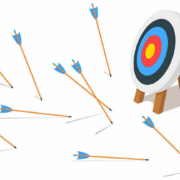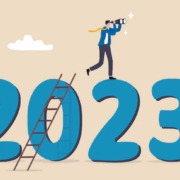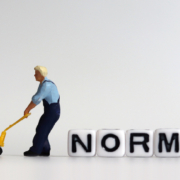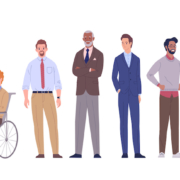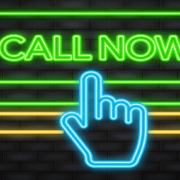Introducing LeadGenie: Our Answer to the Senior Living Lead Management Conundrum
When you hear the words “senior living lead management solution,” does “call center” come to mind?
Do you picture a sterile environment that’s far removed from your community with uninterested workers watching the clock—and that’s only when they’re not fumbling their way through generic scripts during calls?
No doubt, most of us can probably relate to Kieran Culkin’s frustration with call centers as demonstrated in this Saturday Night Live skit:
Here’s the thing, though: lead management solutions are not like that, provided they’re set up correctly and staffed with people who’ve been trained properly.
-
- A good lead management solution can take the pressure off receptionists and front office staff who were hired to engage with residents and visitors, not field sales questions.
- A good lead management solution can take the load off sales teams stretched too thin. It’s not the best use of your sales team’s time to qualify early-stage leads. Salespeople should be focusing on high-intent leads rather than leads that are at the top of the sales funnel.
- A good lead management solution can help you “win” with third-party leads. Since third-party leads are shared leads, the only way you can win is to be first and persistent.
The problem is that too many lead management call centers haven’t been set up in a thoughtful manner and with staff members who’ve received the requisite training to do an excellent job.
Until now.
We decided that we wanted to turn senior living lead management on its head. The result is LeadGenie from Senior Living SMART.
Read more: Visit the LeadGenie site!
LeadGenie is the senior living lead management solution you’ve been waiting for.
LeadGenie as a complete lead management solution that goes beyond a call center. With LeadGenie, you get . . .
- Virtual Sales Support. Your sales team can focus on high-intent leads while your LeadGenie team manages the rest.
- Augmented Sales Staffing. This is ideal for shared markets—you’ll have a centralized sales hub.
- Reduced Overhead Costs. You could save as much as $24K a year in some cases.
- Better Turnover Management. No more panicking when one of your salespeople resigns or needs to take a leave of absence.
- Virtual Front Desk Support. Avoid bottlenecking sales leads thanks to our dedicated sales response staff—a staff that we train and who know how to draw out relevant info from prospects for future nurturing.
- Speed to the Lead. LeadGenie provides the quick, persistent responses required to win at the third-party lead generation game.
We customize LeadGenie to your community’s specific needs and sales challenges.
One of the biggest problems with other senior living lead management solutions is they tend to be one-size-fits-all. But your community’s challenges aren’t necessarily the same as another community’s. So shouldn’t the “solution” be different?
We think so, which is why we customize your LeadGenie solution to your community’s specific sales challenges. We do this by understanding your current lead volume, conversions, and the tools you use.
Don’t worry—we won’t try to upsell you on new software. Our job isn’t to reinvent the wheel. Rather, we focus on getting the most out of your existing tools and software, streamlining and improving workflows, and taking the pressure off your staff so they can focus on their jobs.
Plus, you don’t need to sign a 12-month contract like you do with so many other lead management solutions and call centers. Bottom line: You have nothing to lose and everything to gain with LeadGenie.
Learn more about LeadGenie from Senior Living SMART.
Are you intrigued by our answer to the senior living lead management conundrum? Visit the LeadGenie website to learn more and to schedule a no-obligation consult. Here’s to better leads!

